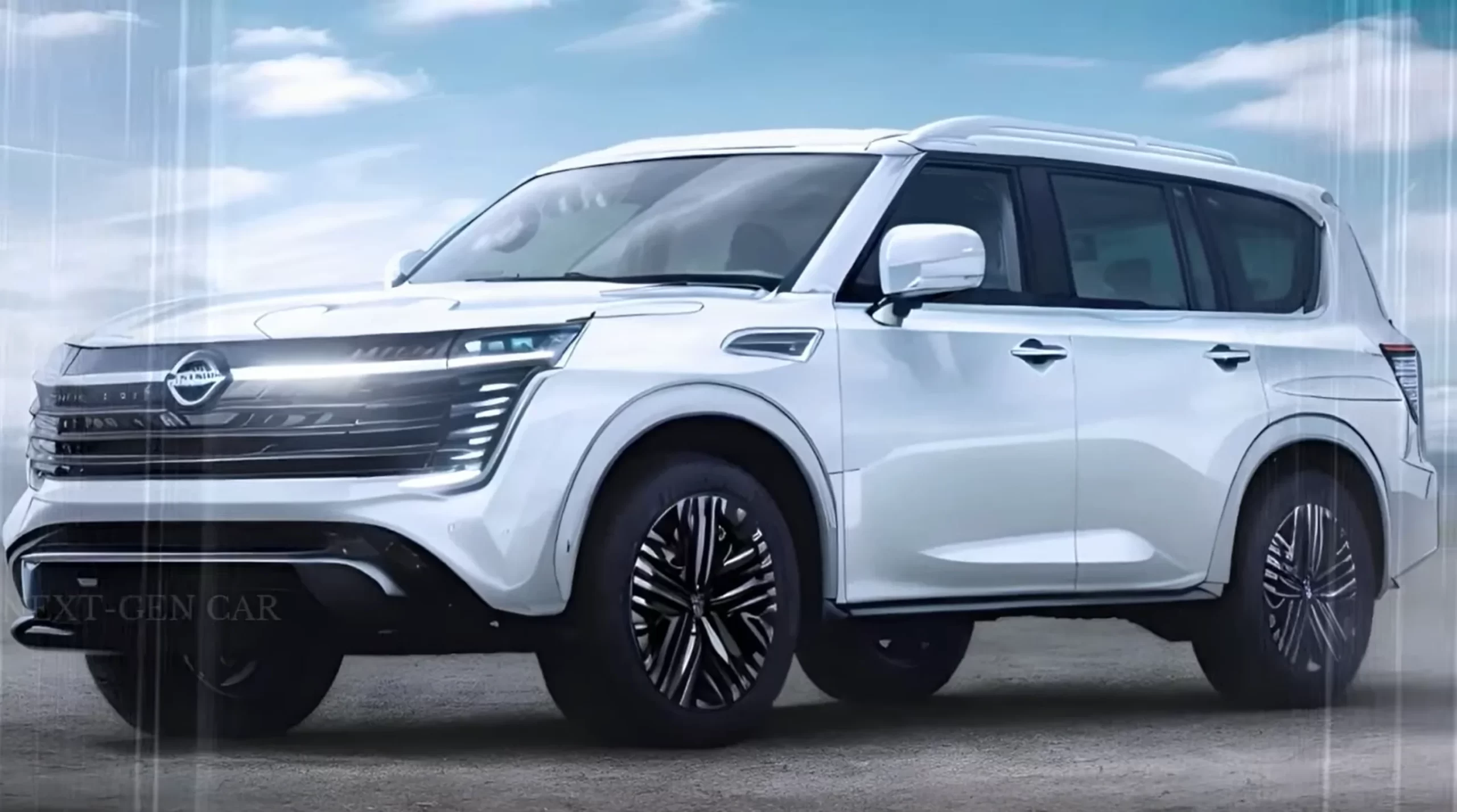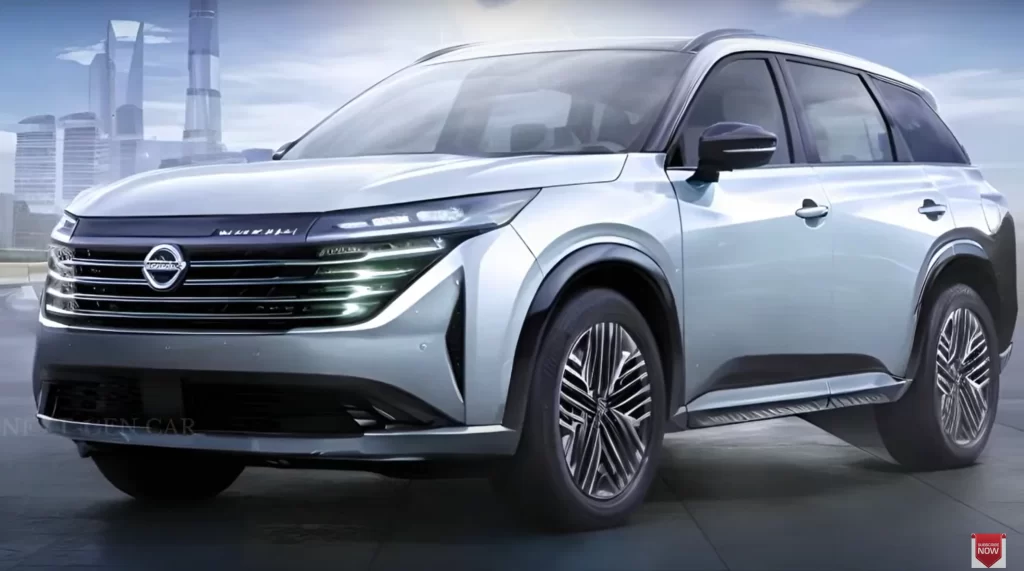The 2025 Armada: A Rear Axle Evolution

The 2025 Armada: A Rear Axle Evolution
The Nissan Armada, a full-size SUV known for its ruggedness and spacious interior, is set to receive a significant upgrade for the 2025 model year. While the full scope of changes remains under wraps, the most anticipated update is the introduction of a new rear axle design. This article delves into the potential benefits, challenges, and implications of this significant shift for the Armada’s performance, handling, and overall driving experience.
A Look at the Current Rear Axle:
The current generation Armada, introduced in 2021, features a live rear axle suspension. This tried-and-true design offers a balance of durability, simplicity, and affordability. It consists of a solid axle connected to the vehicle’s frame through leaf springs, allowing for smooth articulation over rough terrain. However, the live axle setup has inherent limitations:
- Ride Quality: The rigid nature of the live axle can result in a less refined ride, particularly over uneven surfaces. This can translate to a harsher experience for passengers, especially on long journeys.
- Handling: The live axle’s unsprung weight and inherent geometry can limit the Armada’s handling agility, especially when cornering at higher speeds.
- Limited Off-Road Capability: While the live axle offers good ground clearance and articulation, it can struggle in situations requiring precise wheel control and articulation.
The Potential of a New Rear Axle:
The 2025 Armada is expected to adopt a more sophisticated independent rear suspension (IRS) system. This technology has become increasingly popular in modern SUVs due to its inherent advantages:
- Enhanced Ride Comfort: IRS systems use individual suspension arms and coil springs to isolate each wheel from the body. This results in a more compliant ride, absorbing bumps and vibrations more effectively, making for a smoother and more comfortable experience.
- Improved Handling: IRS systems allow for greater wheel travel and more precise wheel control. This translates to improved cornering stability, reduced body roll, and a more responsive handling experience.
- Increased Off-Road Capability: IRS systems allow for more precise wheel articulation, enabling the Armada to navigate challenging off-road terrain with greater ease.
Types of Independent Rear Suspension Systems:
While the exact type of IRS system for the 2025 Armada remains unconfirmed, several possibilities exist, each with its own strengths and weaknesses:
- Multi-Link Suspension: This common design features multiple control arms and a coil spring, offering a balance of ride comfort and handling precision. It is often found in high-end SUVs and offers a good balance of performance and refinement.
- MacPherson Strut Suspension: While typically used in front axles, a modified MacPherson strut system could be implemented in the rear. This design is known for its simplicity and cost-effectiveness but may offer less precise control compared to multi-link setups.
- Air Suspension: This advanced system uses air springs instead of coil springs, allowing for adjustable ride height and damping. It provides excellent ride comfort and handling capabilities but adds complexity and cost.
The Challenges of Implementing IRS:
While the benefits of IRS are undeniable, its implementation in the Armada presents several challenges:
- Increased Complexity: IRS systems are inherently more complex than live axles, requiring more components and potentially leading to higher maintenance costs.
- Weight and Cost: IRS systems can be heavier and more expensive than live axles, potentially affecting the Armada’s fuel efficiency and overall cost.
- Packaging Constraints: Integrating an IRS system into the Armada’s existing platform could require significant design adjustments, potentially affecting interior space and cargo capacity.
The Impact on the Armada’s Performance and Character:
The introduction of an IRS system is expected to have a significant impact on the Armada’s performance and overall character:
- Improved Ride Quality: The Armada is likely to become more comfortable and refined, offering a smoother ride for passengers, even on rough roads. This could enhance the overall experience for daily driving and long road trips.
- Enhanced Handling: The Armada is expected to handle more precisely and confidently, especially when cornering at higher speeds. This could make it a more engaging and enjoyable vehicle to drive, especially for those seeking a more dynamic driving experience.
- Increased Off-Road Capability: The Armada’s off-road performance could be enhanced, allowing for greater articulation and control over challenging terrain. This could make it a more capable and versatile vehicle for adventurous drivers.
The Potential for New Features and Technologies:
The introduction of an IRS system could also pave the way for new features and technologies:
- Adaptive Suspension: The Armada could potentially offer an adaptive suspension system, allowing for real-time adjustments to damping and ride height, optimizing the vehicle’s performance based on driving conditions.
- Electronic Stability Control: IRS systems often integrate seamlessly with electronic stability control systems, enhancing the vehicle’s stability and safety, especially in challenging situations.
- Active Steering: IRS systems could potentially enable active steering systems, providing more precise control and feedback to the driver.
Conclusion:
The 2025 Armada’s rear axle upgrade is poised to be a significant step forward for the full-size SUV. The adoption of an independent rear suspension system promises to enhance ride comfort, handling, and off-road capability, making the Armada a more refined, versatile, and enjoyable vehicle to drive. While challenges remain in terms of complexity, cost, and packaging, the potential benefits of IRS are undeniable. The 2025 Armada is set to redefine its segment, offering a compelling blend of ruggedness, comfort, and capability that caters to a wider range of drivers and their needs.
Note: This article is based on speculation and industry trends. The actual features and specifications of the 2025 Armada may vary from what is discussed here.







